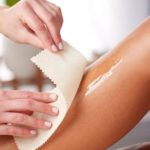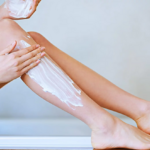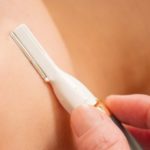Facial Hair Removal
A dedicated facial hair shaver or a regular razor can be used for a quick fix. The small blades ensure no nicks or cuts are left behind. However, this method only removes surface hair and does not offer a long-lasting solution.
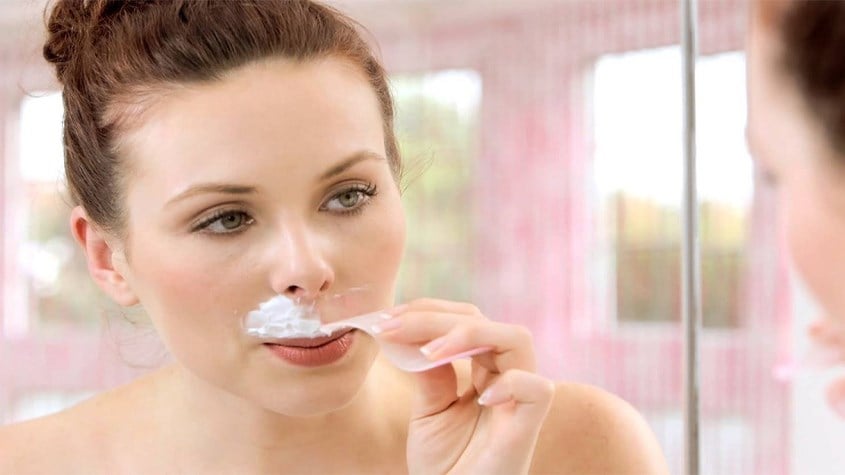
Use a specialized facial hair shaver or a regular razor.
Threading
Threading involves twisting a thread to catch and pull out individual hairs from their follicles. Compared to shaving or plucking, threading can reduce the occurrence of ingrown hairs and is less irritating to the skin.
You may experience mild discomfort if you’re new to this method. Threading is generally safe for the skin, unless you have active acne.
Facial Hair Removal Creams
These creams contain ingredients that break down the structure of the hair, causing it to loosen and be easily washed away. Whether or not to use hair removal creams depends on your skin type. Some people may find them effective, while others with sensitive skin may experience irritation.
Waxing
There are two main types of wax available on the market:
– Strip Wax: This type of wax is applied directly to the skin and then pulled off in the direction of hair growth.
– Soft Wax: The wax is melted and applied to the desired area with a spatula.
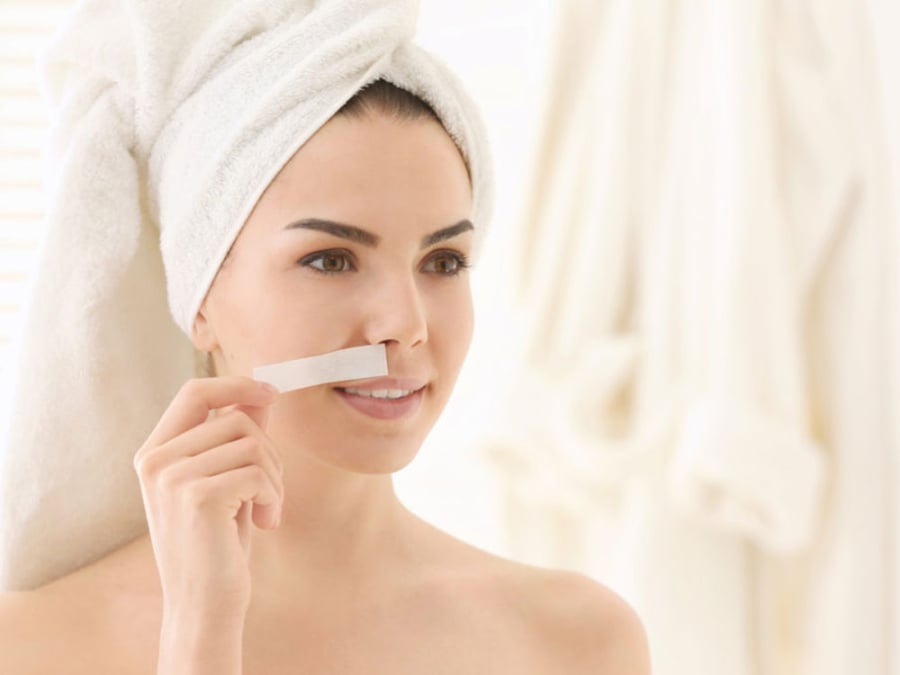
Two types of wax for consumers to choose from.
Hair Removal Devices
While the above methods offer temporary solutions, hair removal devices provide a more long-term approach. These devices can be used at home and help reduce hair regrowth.
Gelatin
When prepared correctly, gelatin works similarly to hard wax. Mix 3-4 tablespoons of gelatin with milk or water, and heat it in the microwave. Apply it to your face while it’s still warm, and let it dry completely. Gently peel it off once it’s dry.
Laser Hair Removal
Laser treatment is an expensive option, but it requires minimal maintenance, typically once a year. Different types of lasers are used depending on hair growth and thickness, and a dermatologist can recommend the perfect laser for you.
Face Masks
Turmeric Mask
Combine 3 tablespoons of whole wheat flour, a few drops of lemon juice, half a tablespoon of turmeric, and enough rose water to form a thick paste. Apply a generous layer to your face and let it dry completely. This process can take 20-30 minutes or longer, depending on the thickness of the mask. Use dry fingers to gently massage and scrape off the mask, then rinse your face.
Rice Powder Mask
Mix rice powder, a few drops of lemon juice, and enough yogurt to form a spreadable paste. Apply it to your skin and let it dry completely. Use dry fingers to scrape off the mask, then rinse your face with water.


























